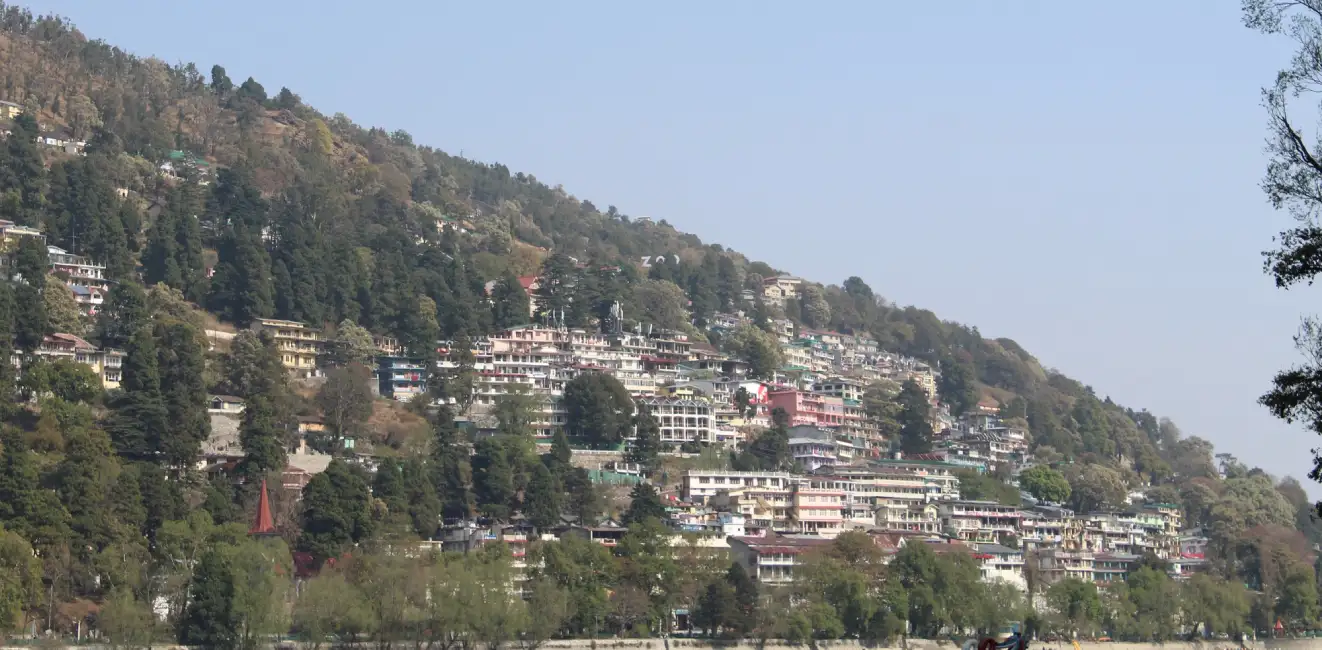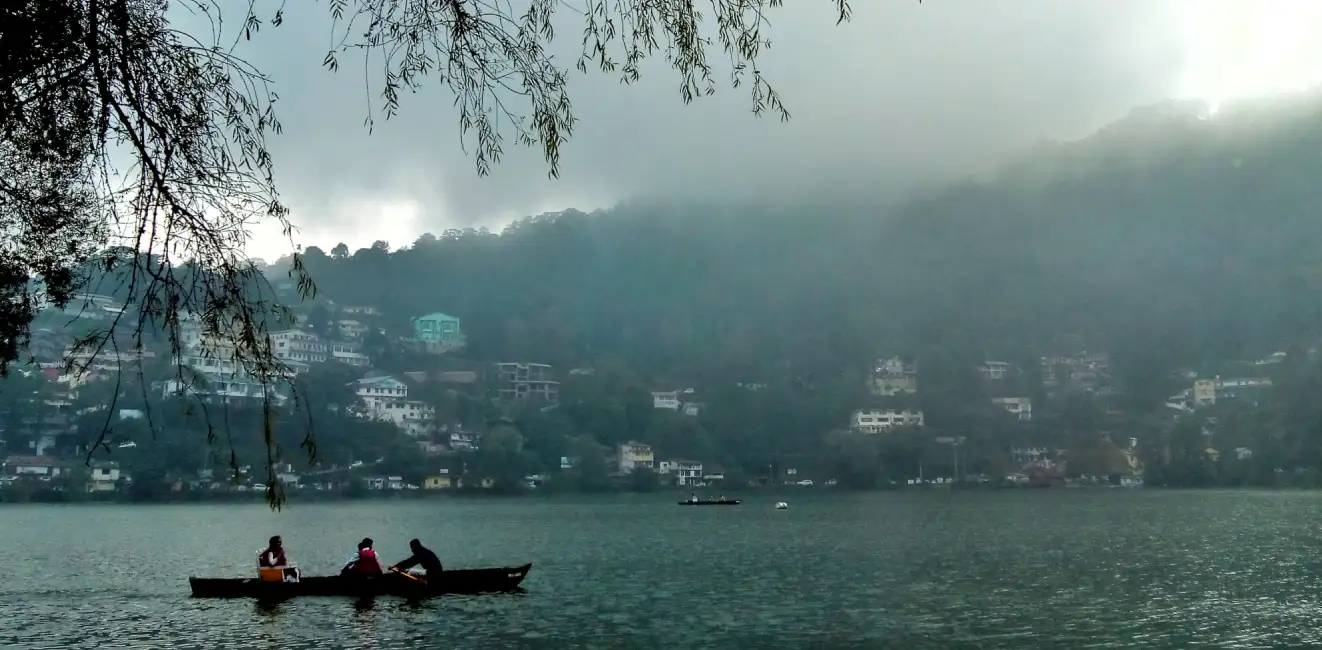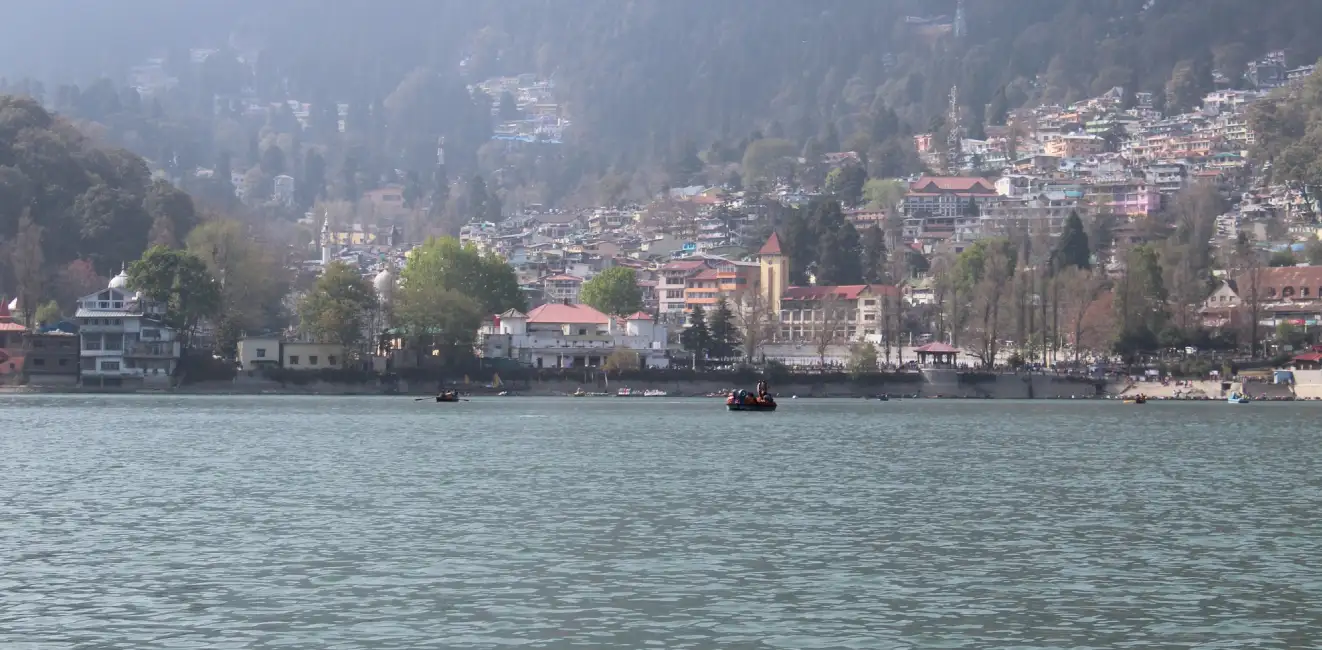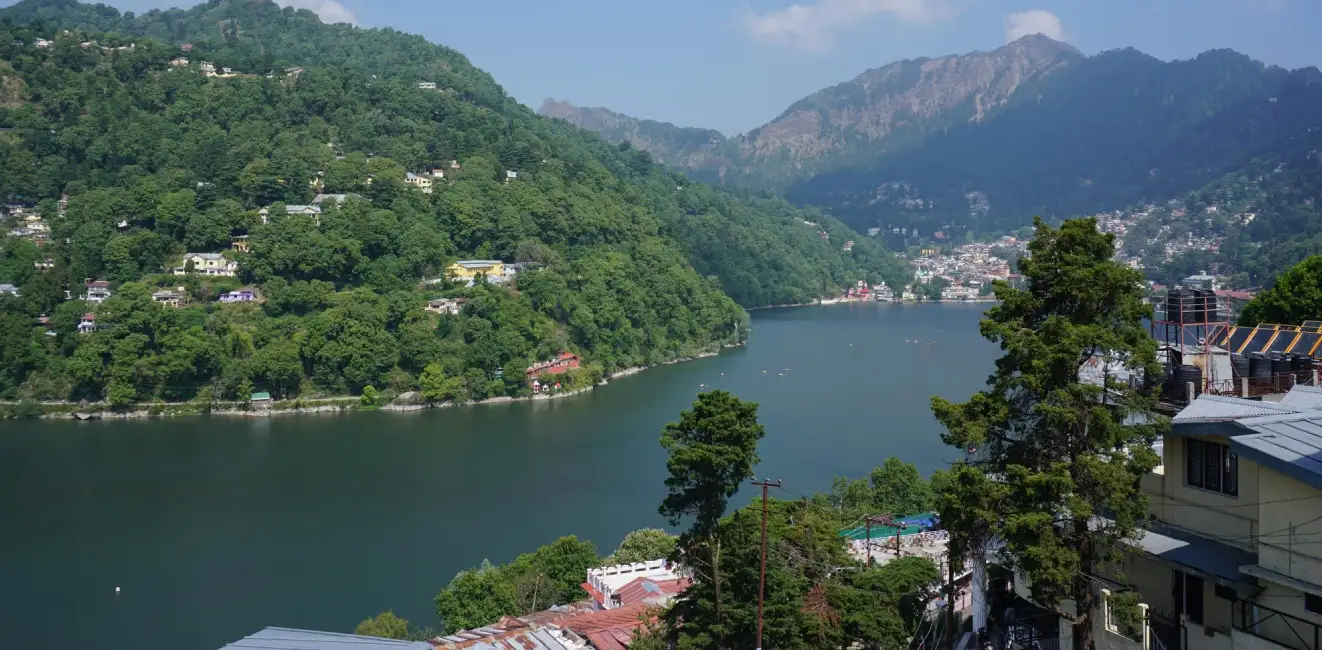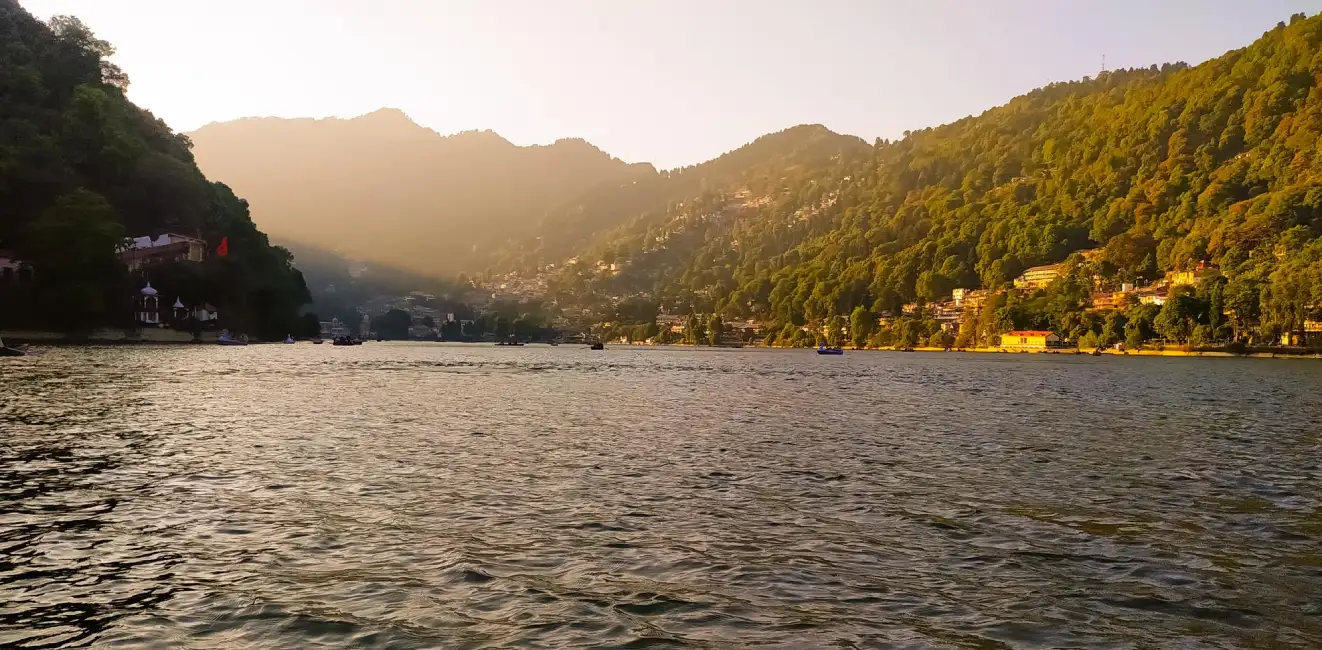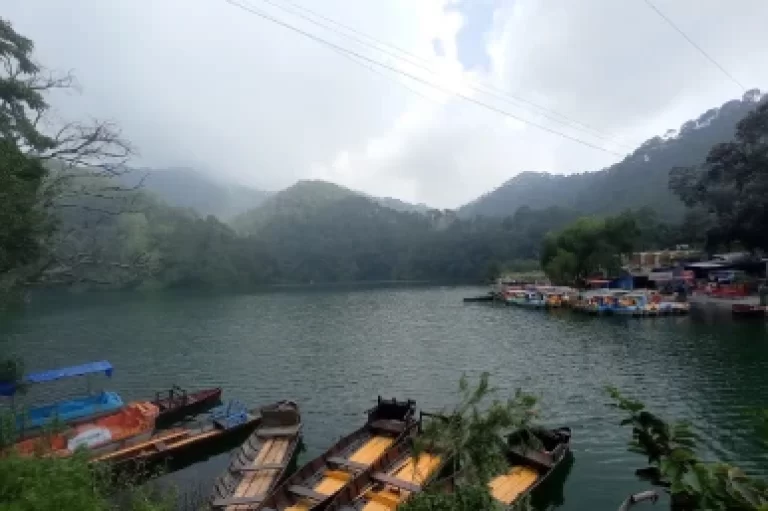Phooldeyi or Phooldeli
It is celebrated in the months of March/April. On the occasion of Phooldei, young girls put the first flowers of the season on the entrance or threshold of every house in the village, for good luck throughout the year. This is a big example of how communities are closely bonded and linked in the hills of Kumaon as no one puts these flowers in front of their own houses alone.
Bikhauti
On the first of the navaratris (nine day fasting period) in the month of Chaitra, women sow seven types of grains. The germination of these grains symbolizes the future harvest. On the tenth day, the yellow leaves, called Harela, are cut people put them on their heads and tuck them behind their ears. During this very month of Chaitra (March-April) brothers send gifts for their sisters. These presents are called ‘Bikhauti’.
Hariyala
Celebrated in the month of Shravan (July- august), the month of festivals, to commemorate the wedding of Lord Shiva and Parvati, the festival is also associated with the arrival of the rainy season and the new harvest. On this day people make clay statues (Dikaras) of Shiva, Parvati, Ganesh etc. and worship them. The overworked bullocks find a rare a rest on the occasion of Harela.
Gheeya Sankranti or Olgia
Olgia is celebrated on the first day of Bhado (middle of August), when the harvest is lush and green, vegetables are in abundance and the milch animals very productive. In ancient times sons-in-law and nephews would give presents to fathers-in-law and maternal uncles, respectively, in order to celebrate Olgia. Today agriculturists and artisans give presents to the owners of their land and purchasers of their tools and receive gifts and money in return. Binai (oral harp), datkhocha (metallic tooth pick), metal calipers, axes, ghee, vegetables and firewood are some of the presents exchanged on this day. People put ghee on their foreheads and eat ghee and chapatis stuffed with ‘urad’ dal. It is believed that walnuts sweeten after this festival. This festival, which is a celebration of the produce of the land, is now seldom celebrated.
Basant Panchami, Samvastar Pareva
Celebrated to commemorate the coming of the spring season and, also, the end of winter, Basant Panchmi is generally celebrated during the traditional month of Magh (January – February). People worship Goddess Saraswati, use yellow clothes or handkerchiefs and, in a few places, people put a yellow tilak on their foreheads. With this festival, the extremely popular holi baithaks also begin.Batsavitri are the mostly observed Sankranties throughout the region.This festival is celebrated on the Krishna amavasya (last day of the dark half of the month) of Jyestha and on the day married women worship Savitri and the Bat or banyan tree (Ficus benghalensis) and pray for the well being of their spouses. Women observe fast in honour of Savitri and Satyavan and remember how Savitri through her intense devotion saved her husband from the claws of death.
Nainital Autumn Festival – Sharad Utsav
Nainital’s the annual autumn festival named ‘Sharadutsav’. Apart from presenting the local cultural dance to the audience the programme includes a wide range of show. Every year Renowned singers are invited for the audience for a blend of Bollywood songs and Sufi music.
